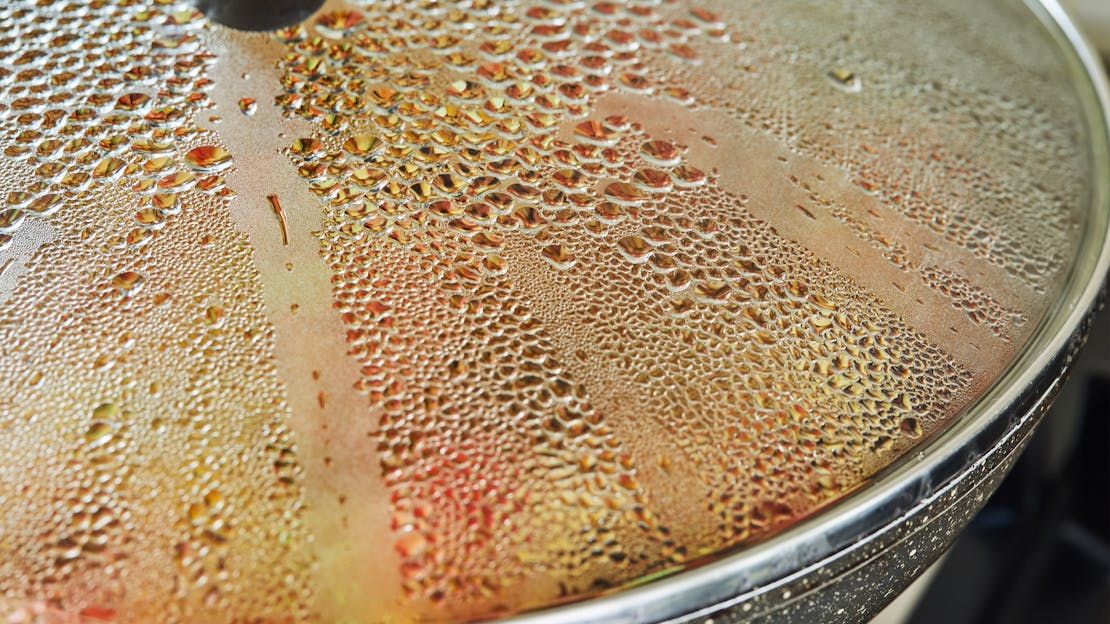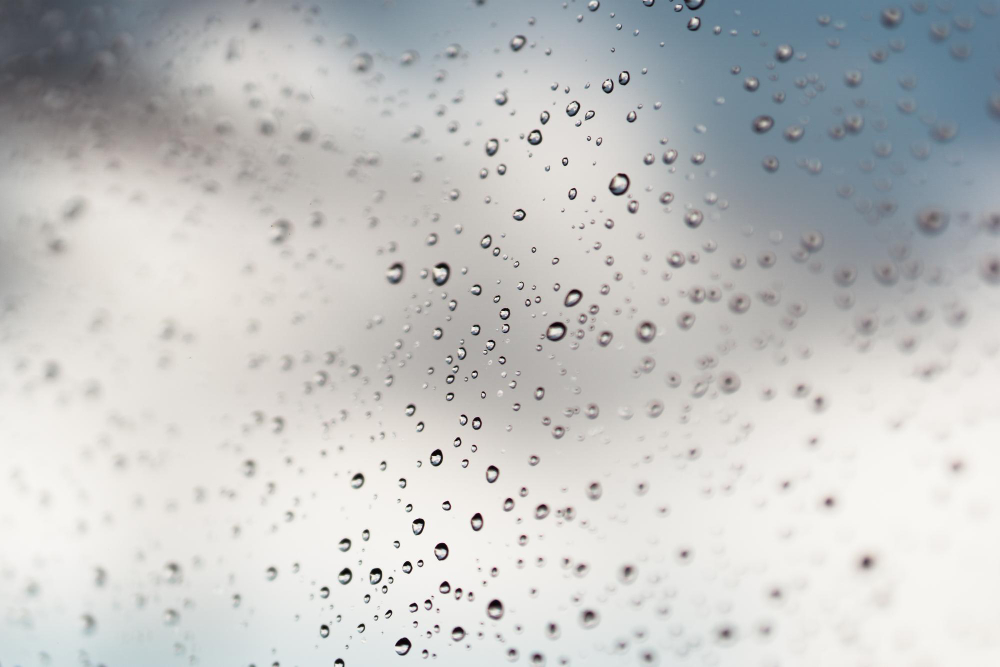
How to stop condensation in your kitchen
Condensation is a common issue that plagues many kitchens, leading to discomfort, unsightly dampness, and even potential health hazards. However, with the right strategies and techniques, it's possible to combat condensation effectively and create a drier, healthier kitchen environment. In this article, we'll explore various methods for stopping condensation in its tracks, from improving ventilation to adopting good cooking practices and everything in between.
Why does my kitchen get condensation
Condensation occurs when warm, moist air comes into contact with a cold surface, causing the moisture in the air to condense into water droplets. In the kitchen, condensation often forms on windows, walls, ceilings, and around appliances, especially during cooking activities. Factors such as inadequate ventilation, temperature differentials, and high humidity levels can exacerbate the problem, making it essential to address these underlying causes.
Identifying problem areas
The first step in combating condensation is identifying problem areas in your kitchen where moisture tends to accumulate. Check for signs of condensation on windows, walls, and ceilings, as well as around appliances like cookers, ovens, and fridges. Pay attention to areas with poor airflow or where moisture tends to linger, such as corners and behind furniture.

Effective ventilation strategies
Proper ventilation is crucial for preventing condensation by removing moisture-laden air from the kitchen. Consider installing a cooker hood or extractor fan above your stove to capture steam and cooking fumes directly. If possible, open windows and doors to allow fresh air to circulate and exhaust stale air outdoors. Choose ventilation systems that are suitable for your kitchen size and layout, and remember to use them consistently, especially during cooking and washing dishes.
Controlling humidity levels
Keeping humidity levels in check is essential for combating condensation in the kitchen. Invest in a dehumidifier to remove excess moisture from the air, particularly in areas with consistently high humidity. Additionally, take simple steps to reduce moisture production, such as covering pots while cooking, using lids on boiling water, and drying clothes outside the kitchen. By minimising sources of humidity and maintaining optimal indoor air quality, you can help prevent condensation from forming.
Insulation and thermal efficiency
Improving insulation and thermal efficiency can also help prevent condensation by reducing temperature differentials between indoor and outdoor surfaces. Consider insulating walls, ceilings, and windows to minimise heat transfer and prevent cold spots where condensation is likely to occur. Seal gaps and cracks to prevent air leakage, and consider upgrading to energy-efficient windows and doors to improve overall thermal performance. By creating a more airtight and well-insulated kitchen environment, you can minimise condensation and improve comfort levels year-round.
Adopting good cooking practices
Certain cooking practices can contribute to moisture build-up in the kitchen, making it important to adopt good habits that minimise steam production. Use lids on pots and pans to trap steam and reduce moisture release into the air. Avoid excessive boiling and simmering, and use exhaust fans or open windows to vent cooking fumes and steam outdoors. By practising mindful cooking techniques, you can help keep moisture levels in check and prevent condensation from becoming a problem.
Regular maintenance and cleaning
Regular maintenance and cleaning are essential for preventing condensation build-up and maintaining a dry, healthy kitchen environment. Clean kitchen surfaces, appliances, and ventilation systems regularly to remove excess moisture and prevent mould growth. Check and clean ventilation filters periodically to ensure optimal performance and airflow. By staying on top of maintenance tasks and keeping your kitchen clean and well-maintained, you can minimise the risk of condensation and enjoy a comfortable, inviting space for cooking and dining.
In conclusion, stopping condensation in the kitchen requires a multifaceted approach that addresses underlying causes and implements effective solutions. By improving ventilation, controlling humidity levels, enhancing insulation, adopting good cooking practices, and maintaining regular cleaning routines, you can banish condensation and create a drier, healthier kitchen environment for you and your family to enjoy. Implement the strategies outlined in this article, and say goodbye to dampness and discomfort in your kitchen once and for all.
Top Selling Cooker Hoods from MyAppliances
Explore our best-selling cooker hoods, featuring angled glass, curved glass, and chimney styles. These sleek options offer powerful ventilation and contemporary design, ideal for modern kitchens. Upgrade your cooking area with our top-selling hoods, merging functionality with stylish appeal.
